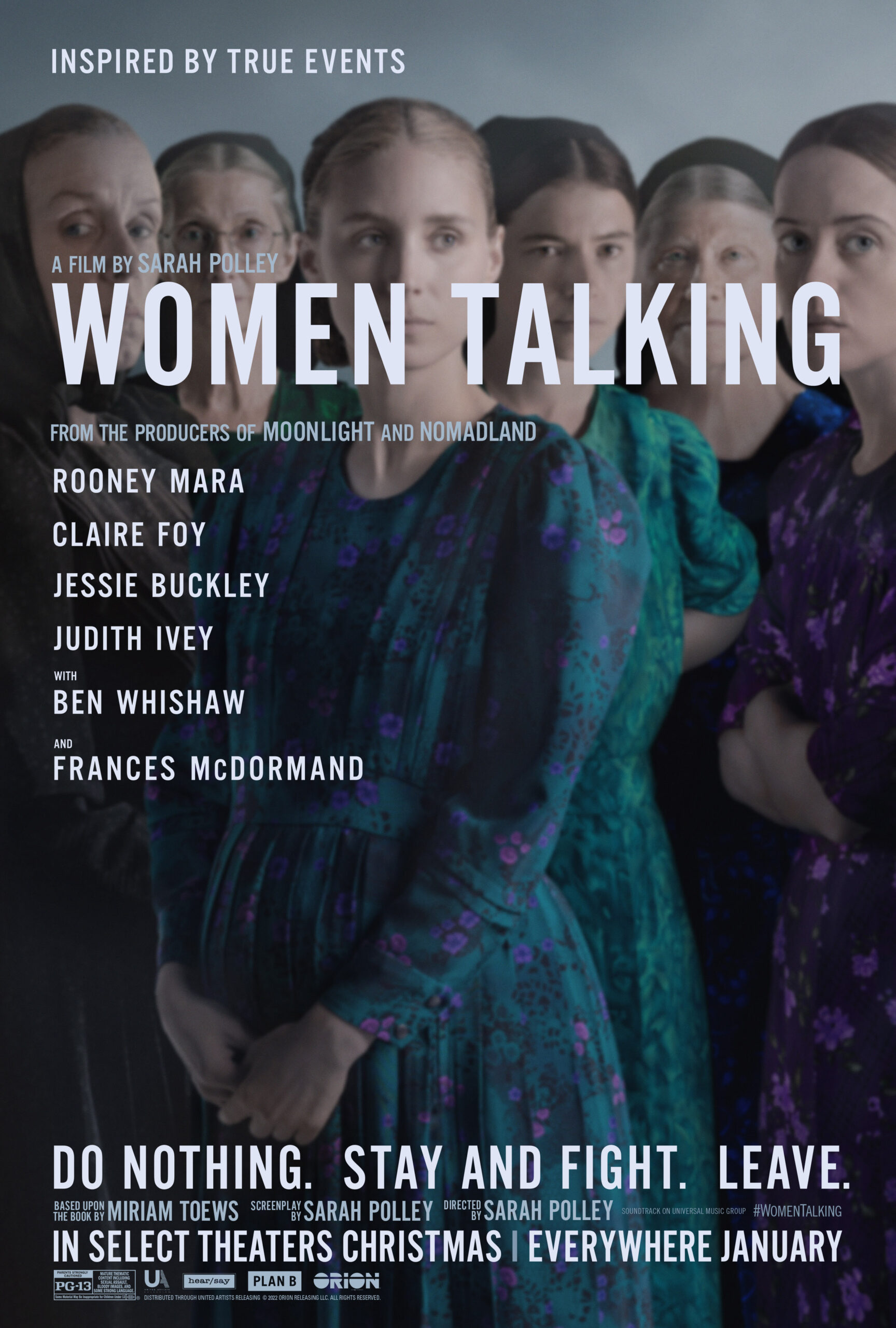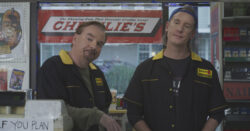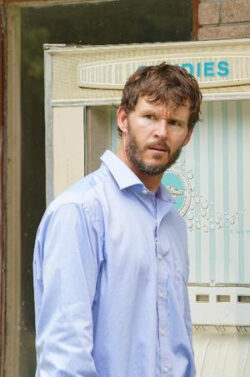Starring: Sandra Drzymalska, Lorenzo Zurzolo and Isabelle Huppert
Directed by: Jerzy Skolimowski
Rated: NR
Running Time: 88 minutes
Janus Films
Our Score: 4 out of 5 stars
You hang around animals long enough, you begin to notice things like expressions in their face and how much personality they have. Despite the obvious language/species barrier, it’s fascinating that animals and humans alike are able to understand certain aspects of each other whether that’s happiness or fear. We’re also able to recognize each other’s body language when we’re angry, depressed or joyful. You’d think we’d get along better, but a film like “Eo” shows how that bond is at times oceans apart or beautifully close.
“Eo” is pretty straightforward. It’s about a donkey named Eo, who is a circus donkey when we first meet him. He has a loving owner and doesn’t seem to mind the outdated spectacle, but some animal rights activists are about to “free” him. There’s something comical about watching Eo quietly roaming around amongst angry humans yelling for it to be free, even though the concept of freedom is probably alien to Eo. After being “freed,” we see the folly of the animal rights activists who believe their job is done and let Eo roam freely to potentially be harmed or maimed. The rest of the film serves as a journey that’s heartwarming, tear-jerking, thoughtful, sad and ultimate meditation about life.
Despite being a donkey, Eo should have probably earned an Oscar nomination for delivering a world of emotion through his eyes. At times the camera hovers just inches from Eo’s eyes and we see thousands of words etched into them as he encounters friends, foes and the utterly bizarre, like a soccer match where Eo becomes the focal point through no actions of his own. The film is brief which helps with a lot of the moments where the camera simply follows Eo on his voiceless journey in Europe.
I found myself entranced by Eo’s journey even though there wasn’t anything specifically thrilling about it. It is just a donkey, after all, but Eo is more than that. He represents that soft spot that all humans have for animals. Even when we don’t like a specific creature, we still don’t necessarily wish them harm or want to see harm come their way. I think that’s what makes Eo so fascinating to watch and that’s because his encounters would tell you no person is safe, but all humans you encounter could be potentially safe. Eo sometimes feels like a representation of humanity, going through the motions, encountering adventures that may or may not be the best thing for our soul. We blindly go through life hoping everyone and everything we encounter is good-natured, but unfortunately that’s not always the case.
“Eo” is a film I thought about for days after watching. Personally I know it’s because I attempt to view humanity through these kinds of films. I feel like there’s poor ways of conveying the importance of creatures and the bond we share with them, like “A Dog’s Purpose,” but films like “Babe” help ground us in the reality of coexisting with creatures on this blue marble. “Eo” goes way deeper than I thought. What does coexistence mean when one side mistreats the other? What does life mean when sometimes a singular purpose for one’s existence is ultimately the consumption of the other? What does coexistence mean when we attach ourselves to them in toxic ways? Sure, some animals that aren’t donkeys have a poor temperament and just aren’t cuddly or loveable, but neither are all humans. “Eo” will make you smile, cry and ponder what exactly is going on in this crazy world and you’ll be a better person after all of it. Good donkey.
















